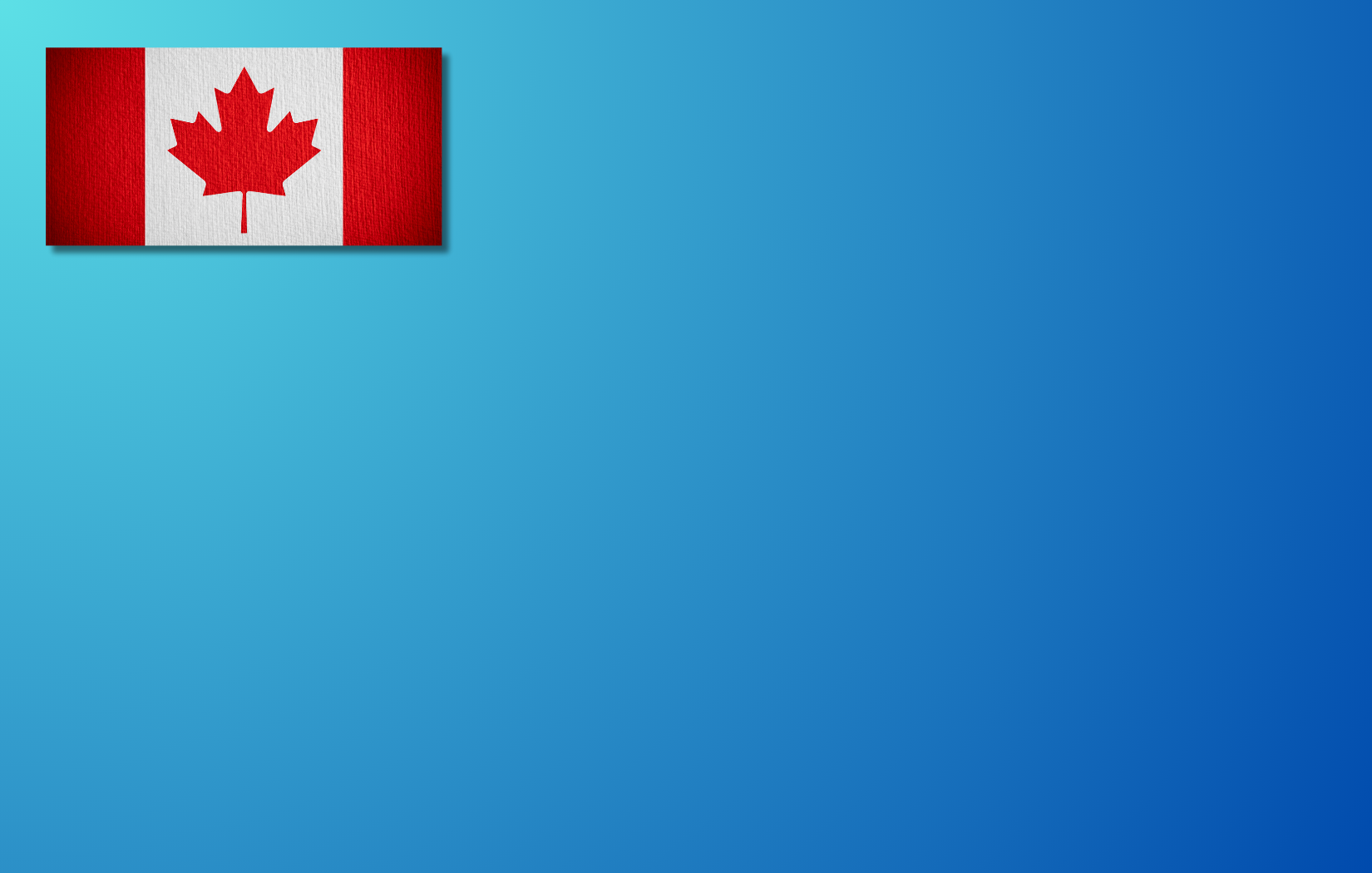New to Canada!
🕛 4 minute read
Canada has seen a surge in international migration over the last few years, with many newcomers eager to call this great country their home. If you’re a new immigrant looking to buy a house in Ontario, Canada, understanding the mortgage process is crucial.
Let’s explore how you can qualify for a mortgage and make your dream of homeownership a reality!
Mortgage Options for Permanent Residents
Permanent Residents (PR) or those with confirmed PR status can qualify for a typical mortgage with a 5% down payment, assuming good credit.
- Additional qualifying criteria:
- Immigrated or relocated to Canada within the last 60 months.
- Hold a valid work permit or obtained permanent residency.
- Include all debts held outside the country in the Total Debt Servicing Ratio (GDS/TDS).
- Exclude rental income earned outside Canada from the GDS/TDS calculation.
- Guarantors are not permitted.
- Owner-occupied properties if putting less than 20% down payment.
New to Canada Programs
Newcomers with limited credit or who haven’t yet qualified for Permanent Residency have options through special ‘New to Canada’ mortgage programs.
- Qualifying criteria:
- Immigrated or relocated to Canada within the last 60 months.
- Minimum of three months full-time employment in Canada.
- For a 90% loan-to-value ratio:
- Provide a letter of reference from a recognized financial institution.
- OR provide six months of bank statements from a primary account.
- For a loan-to-value ratio of 90.01% to 95%:
- Provide an international credit report (Equifax or TransUnion) showing a strong credit profile.
- OR provide two alternative sources of credit demonstrating timely payments for the past 12 months, including rental payment history and another alternative such as utilities, phone bills, or insurance.
Alternative Lending Options
If you don’t qualify for the New to Canada programs or a standard mortgage, alternative lenders can be an option.
- Alternative lenders cater to individuals with:
- Unstable income, such as self-employed borrowers.
- Credit issues like low credit scores or past bankruptcies.
- Weak credit history.
- Keep in mind that alternative lenders typically require a minimum 20% down payment, and they may have higher interest rates and additional fees.
Essential Steps Before Applying for a Mortgage
- Gather supporting documents like proof of income, 12 months’ rental payments, savings documentation, bank statements, or reference letters from recognized financial institutions.
- Build your credit rating by using a credit card responsibly and ensuring timely payments for bills like utilities, cell phones, and rent.
- Start saving for the down payment, which can be as low as 5% to 10% based on your residency status. For purchases over $500,000, the down payment structure changes, and for purchases over $1 million, a minimum 20% down payment is required.
When you’re ready to secure your mortgage or have any questions, don’t hesitate to reach out. I’m here to help you navigate the mortgage landscape and find the best solution to suit your needs. Homeownership in Canada is within your reach, and I look forward to assisting you on this exciting journey! Welcome home 🇨🇦
Subscribe to receive monthly Home, Lifestyle & Economic News here.
